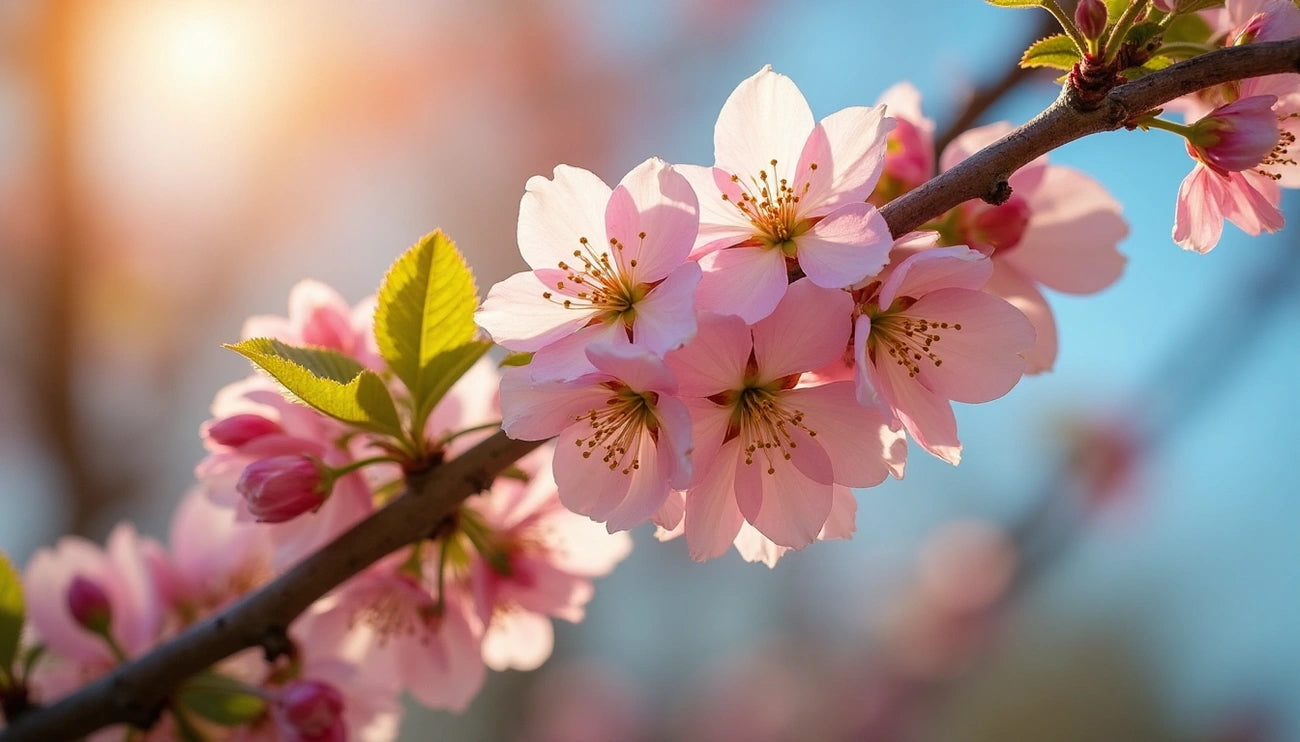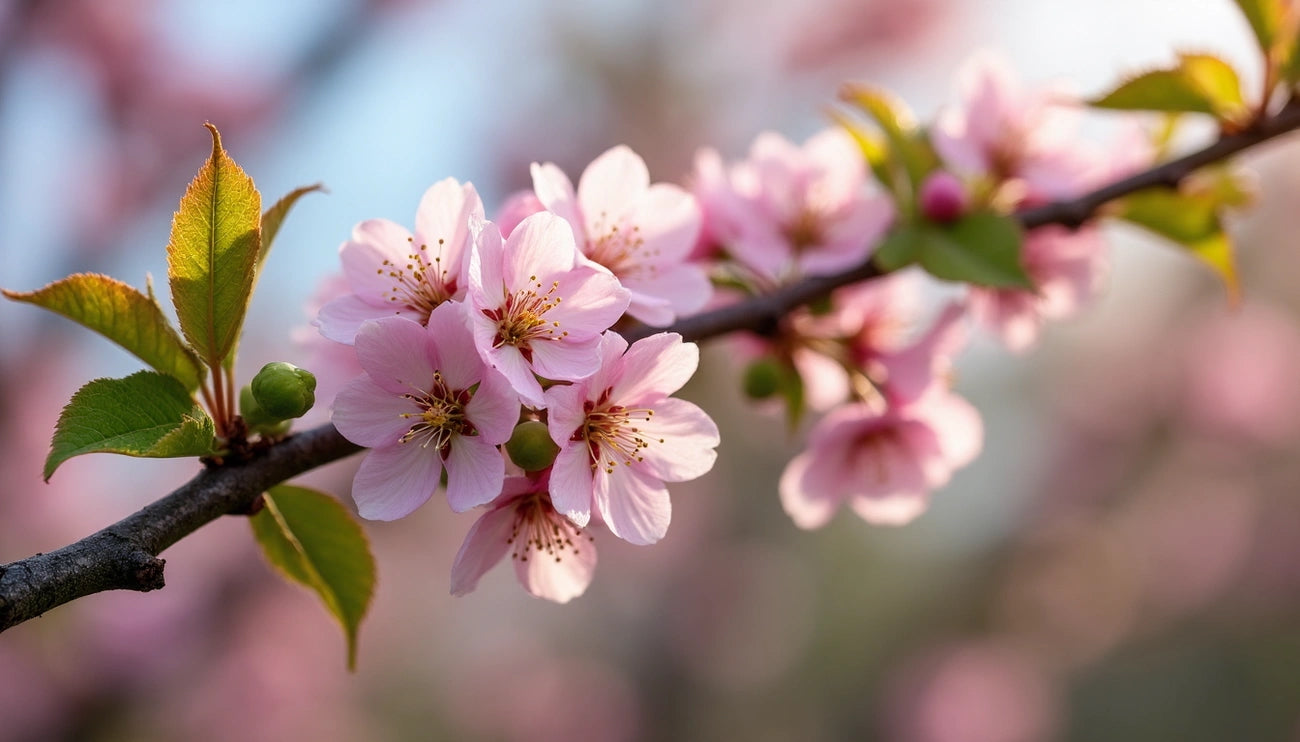What are the drawbacks to crabapple trees? Despite their stunning blossoms and ornamental appeal, there's more to these popular landscape additions than meets the eye. While crabapple trees belong to the diverse Malus genus with approximately 1,000 known varieties and about 100 commonly planted across the United States, I've found that nurseries often highlight their beauty while downplaying their potential problems.
Are crabapple trees messy? The answer depends largely on which variety you choose. Though newer disease-resistant cultivars like 'Adirondack' offer low-maintenance options, many older varieties produce bushels of fruit that can create horrible maintenance problems. In my experience researching these ornamental trees, I've discovered that common issues include susceptibility to diseases like fire blight, pest infestations such as aphids, and the nuisance of fallen fruit. Furthermore, while these trees create visual impact during all four seasons, their practical challenges might outweigh their aesthetic benefits for some homeowners.
In this article, we'll explore what nurseries won't tell you about crabapple trees, from disease vulnerabilities to variety selection, helping you make an informed decision before adding one to your garden.
The Hidden Downsides of Crabapple Trees
Beyond their spring beauty, crabapple trees harbor several challenges that potential planters should consider. These hidden downsides can significantly impact your landscape experience if you're unprepared for them.
Why some varieties are more trouble than they're worth
Older crabapple cultivars often produce excessive amounts of fruit, creating persistent cleanup issues in high-traffic areas. Additionally, certain varieties possess thorny branches that pose safety hazards for children and pets. Many cultivars also have brittle branches prone to breakage during strong winds or heavy snowfall.
Moreover, several varieties are highly susceptible to diseases. Without careful selection, you might end up with a tree that requires constant treatment rather than one that enhances your landscape. Particularly concerning is powdery mildew, which is a severe and widespread problem in many regions. The pollen from these trees may likewise trigger allergies in sensitive individuals. Are crabapple trees messy or manageable?
The messiness factor varies considerably between varieties. Crabapples with larger, juicier fruits tend to fall readily from trees, covering the ground with a slippery mess. As one expert notes, "Crabapples can be messy, very messy". Once beautiful blooms drop, your landscape can be covered in petals which, although brief, become slippery and stick to other surfaces.
Fortunately, not all varieties create this problem. Fruitless options like 'Spring Snow' produce virtually no cleanup issues. Trees with tiny berries also tend to be cleaner as birds swallow the small fruits whole, effectively cleaning the tree before spring.
What's wrong with my crabapple tree? Common issues
Common problems include apple scab, which causes scabs on leaves and fruit, typically starting in early spring. Fire blight makes leaves appear scorched and remain attached to the tree even after dying. Cedar apple rust begins as small green or yellow spots on foliage that enlarge and darken into a rusty color.
Poor air circulation often exacerbates these issues, especially when trees are planted in turf areas that introduce more water and fertilizer than needed. Consequently, many trees show yellowing leaves and premature defoliation by early summer.
Proper variety selection remains the most effective strategy for avoiding these problems, as treatment options are limited once issues develop.
The Truth About Crabapple Tree Diseases
Crabapple trees face three major diseases that can severely impact their health and appearance. Understanding these diseases is crucial for proper tree management and prevention.
Apple scab and how it affects your tree
Apple scab, caused by the fungus Venturia inaequalis, ranks as the most common disease affecting crabapples. Initially, dark olive-green spots smaller than ½-inch appear on leaves in spring. These spots eventually enlarge, turn black, and cause infected leaves to yellow and drop prematurely by mid-summer. Severe infections result in complete defoliation, weakening the tree over time.
The fungus overwinters in fallen leaves, releasing spores in spring that infect new growth when conditions are wet. Prevention starts with planting resistant varieties. Alternatively, rake and remove infected leaves before the first snowfall to reduce infection sources. For established susceptible trees, fungicides containing captan or sulfur can help when applied at bud break.
Fireblight: symptoms and prevention
Fireblight is a devastating bacterial disease caused by Erwinia amylovora. Unlike fungal diseases, this bacterial infection causes blossoms and young twigs to appear wilted, shriveled, and blackened—as if scorched by fire. The telltale "shepherd's crook" forms as infected twig tips curl over and die.
This disease spreads rapidly in rainy spring weather when temperatures exceed 60°F. During wet conditions, infected areas may ooze a milky-like substance containing bacteria. To control fireblight, prune affected branches 8-12 inches below infection sites during dormant season, disinfecting tools between cuts. Avoid excessive nitrogen fertilization since succulent growth is highly susceptible to infection.
Cedar-apple rust and nearby junipers
Cedar-apple rust requires two hosts to complete its life cycle: junipers (including eastern red cedar) and crabapples. On crabapples, this fungus creates bright yellow-orange leaf spots that progressively grow. On junipers, it forms brown galls that produce gelatinous orange tendrils after spring rains.
The complete life cycle takes two years. Spores from juniper galls can travel up to a mile to infect crabapples. For control, consider removing nearby junipers or choose resistant crabapple varieties.
How to spot early signs of disease
Early detection is vital for effective management. For apple scab, watch for olive-green leaf spots in spring that darken over time. With fireblight, look for wilting blossoms and blackened twigs forming a characteristic shepherd's crook shape. Cedar-apple rust shows as bright yellow-orange spots on leaves in late spring.
Regular inspection after rainfall or during humid periods helps catch these diseases early. Generally, once symptoms appear, it's often too late for that season's treatment—hence prevention through resistant varieties remains your best defense.
What Nurseries Won’t Tell You About Varieties
Nurseries often gloss over the crucial differences between crabapple varieties that can make or break your landscaping experience. Understanding these distinctions helps you avoid years of frustration after planting.
Fruitless vs. fruiting crabapple trees
Fruitless varieties like 'Spring Snow' offer spectacular blooms without the mess of fallen fruit. In contrast, fruiting types create colorful displays of persistent berries that attract birds but can create significant cleanup challenges. Fruitless options remain cleaner underneath yet sacrifice wildlife benefits. First-time crabapple owners often overlook this fundamental choice, focusing solely on flower color instead of long-term maintenance considerations.
Royal Raindrops vs. Sugar Tyme: pros and cons
Royal Raindrops delivers outstanding visual impact with purple-red foliage and magenta-pink flowers, plus excellent disease resistance. However, its abundant small fruit can create issues in high-traffic areas. Conversely, Sugar Tyme presents pristine white blossoms against traditional green foliage and boasts superior resistance to apple scab. Its smaller stature fits better in compact spaces, yet it grows more slowly than Royal Raindrops.
How to choose a variety that fits your lifestyle
Consider your maintenance tolerance honestly. For busy homeowners, prioritize disease-resistant cultivars like 'Prairifire' or 'Adirondack.' Those with active children should select thornless varieties with smaller, persistent fruit. Examine your site conditions carefully—full sun locations support better disease resistance regardless of variety. Finally, match the mature size to your available space—many homeowners regret selecting varieties that ultimately outgrow their intended locations.
How to Make the Most of Your Crabapple Tree
Despite their challenges, crabapple trees offer numerous benefits beyond mere ornamental value. With proper planning, these versatile trees can become prized features in your landscape.
Using crabapple fruit in your kitchen
Don't let those tiny fruits go to waste! Crabapples contain high natural pectin, making them perfect for jams and jellies without additional thickeners. Their tart flavor creates excellent cider, syrup, and chutney. As a result, many home gardeners preserve their harvest through freezing—simply rinse, remove stems, and freeze in single layers for up to three months. Even the 'Chestnut' variety produces golf ball-sized fruits described as "mild and slightly tart" with a flavor resembling applesauce.
Attracting pollinators and birds
Crabapples serve as ecological powerhouses in your garden. In spring, their fragrant blossoms attract bees at a crucial time when few other plants are flowering. Later, the persistent fruits become vital winter food sources for cardinals, cedar waxwings, and robins. Remarkably, at least 90 insect species associate with these trees, supporting diverse wildlife from caterpillars to mammals.
Designing your landscape around crabapples
Create stunning garden combinations by pairing crabapples with complementary plants. Flowering dogwoods offer multi-season interest alongside crabapples. For underplanting, try periwinkle, early-blooming bulbs, or herbaceous peonies that enhance the trees' beauty throughout the seasons. First thing to remember: position trees thoughtfully to avoid fruit drop on walkways or patios.
Conclusion
Crabapple trees certainly offer stunning visual appeal throughout the seasons, yet they come with considerations that demand careful attention. Though their spring blossoms dazzle and their fruit attracts wildlife, the potential for disease susceptibility and maintenance challenges cannot be overlooked. After all, selecting the right variety makes the difference between years of frustration and decades of enjoyment in your landscape.
Disease resistance remains the most critical factor when choosing your crabapple. Newer cultivars like 'Prairifire' and 'Adirondack' typically offer significantly better protection against common issues such as apple scab and fire blight than their older counterparts. Additionally, the choice between fruitless and fruiting varieties directly impacts your maintenance requirements and wildlife benefits.
The kitchen possibilities these trees offer surprise many homeowners. Their pectin-rich fruit transforms into delicious jellies, ciders, and preserves with minimal effort. Beyond their ornamental value, these trees serve as ecological anchors, supporting pollinators in spring and feeding birds throughout winter.
While crabapples present challenges, their benefits often outweigh the drawbacks when you choose wisely. Before making your final decision, consider your tolerance for maintenance, your space constraints, and your landscape goals. Browse our selection of crabapple trees to find the perfect disease-resistant variety that aligns with your lifestyle and garden vision.
Understanding both the hidden drawbacks and unexpected benefits of crabapple trees helps you make an informed choice rather than one based solely on spring flower displays. With proper research and variety selection, your crabapple can become the four-season showpiece it's meant to be, without the headaches nurseries sometimes fail to mention.
FAQs
Q1. Are crabapple trees messy? The messiness of crabapple trees depends on the variety. Some produce large amounts of fruit that can create cleanup issues, while others, like fruitless varieties, are much cleaner. Trees with small berries tend to be less messy as birds often eat the fruit before it falls.
Q2. What are common diseases that affect crabapple trees? The most common diseases affecting crabapple trees are apple scab, fire blight, and cedar-apple rust. These diseases can cause issues like leaf spots, wilting blossoms, and premature defoliation. Choosing disease-resistant varieties is the best way to prevent these problems.
Q3. Can you eat crabapples from ornamental trees? Yes, crabapples from ornamental trees are edible. They're particularly good for making jams, jellies, cider, and preserves due to their high pectin content. Some varieties, like 'Chestnut', even produce fruit with a pleasant, mildly tart flavor.
Q4. How do I choose the right crabapple tree for my yard? When selecting a crabapple tree, consider factors such as disease resistance, mature size, fruit production (or lack thereof), and your maintenance preferences. Also, think about your landscape goals and available space. Newer cultivars often offer better disease resistance and more manageable growth habits.
Q5. What wildlife do crabapple trees attract? Crabapple trees are excellent for attracting wildlife. Their spring blossoms draw various pollinators, especially bees. The fruit provides food for many bird species, including cardinals, cedar waxwings, and robins, particularly during winter. Additionally, these trees support numerous insect species, contributing to overall biodiversity in your garden.




Leave a comment
This site is protected by hCaptcha and the hCaptcha Privacy Policy and Terms of Service apply.